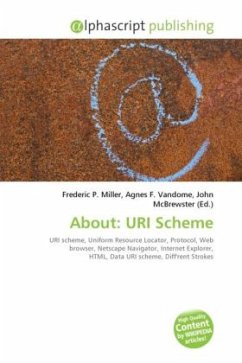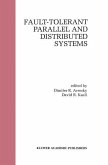Please note that the content of this book primarily consists of articles available from Wikipedia or other free sources online. In the field of computer networking, a URI scheme is the top level of the Uniform Resource Identifier (URI) naming structure. All URIs and absolute URI references are formed with a scheme name, followed by a colon character (":"), and the remainder of the URI called (in the outdated RFCs 1738 and 2396, but not the current STD 66/RFC 3986) the scheme-specific part. The syntax and semantics of the scheme-specific part are left largely to the specifications governing individual schemes, subject to certain constraints such as reserved characters and how to "escape" them. URI schemes are sometimes erroneously referred to as "protocols", or specifically as URI protocols or URL protocols, since most were originally designed to be used with a particular protocol, and often have the same name. The scheme, for instance, is generally used for interacting with Web resources using HyperText Transfer Protocol. Today, URIs with that scheme are also used for other purposes, such as RDF resource identifiers and XML namespaces, that are not related to the protocol.
Bitte wählen Sie Ihr Anliegen aus.
Rechnungen
Retourenschein anfordern
Bestellstatus
Storno








